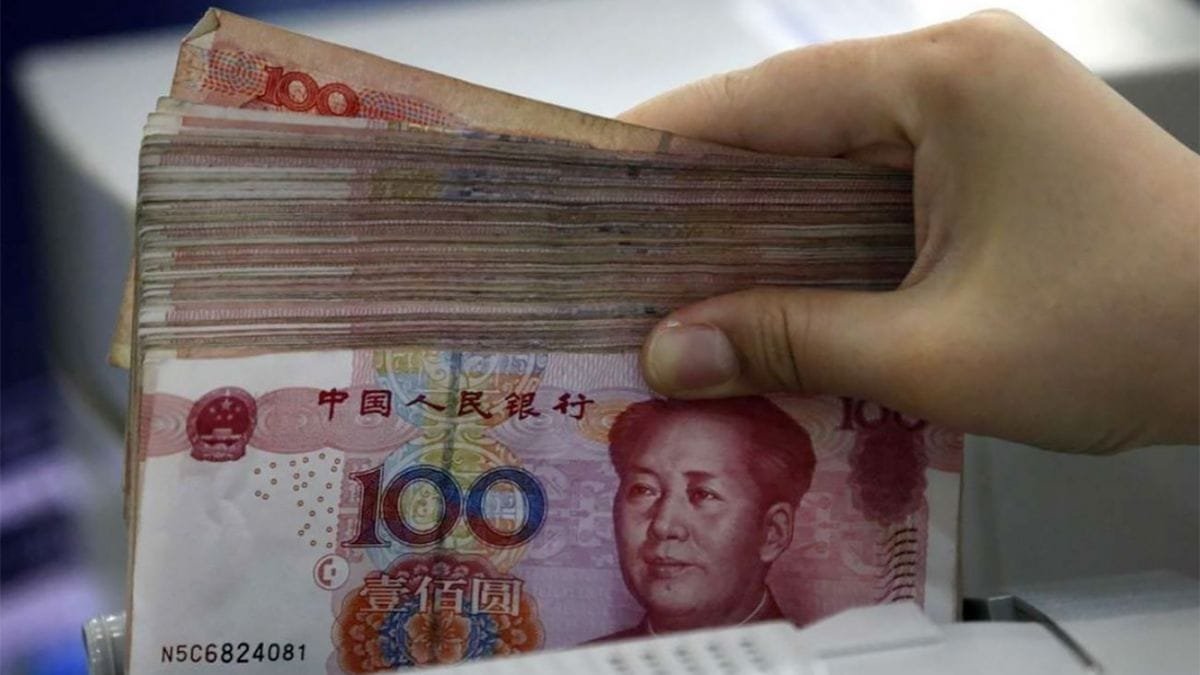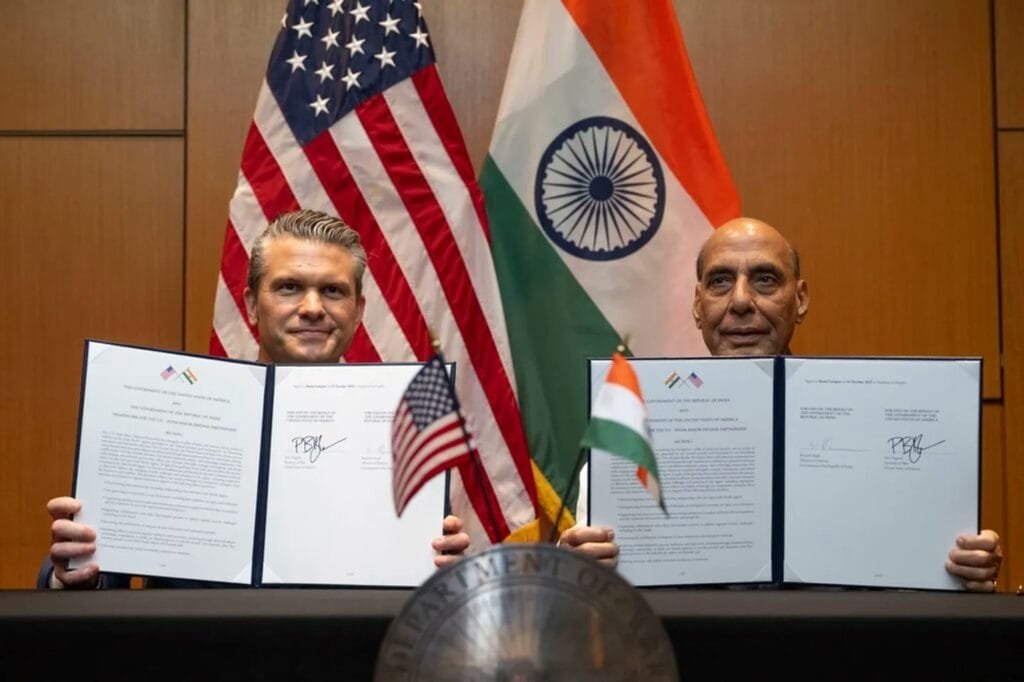Traders supplying Russian oil have begun demanding that Indian state-refiners pay in Chinese yuan rather than relying solely on dollars or UAE dirhams, sources with knowledge of the transactions told Reuters on October 7. According to these sources, India’s top state refiners — particularly Indian Oil Corporation (IOC) — have already made payments in yuan for two to three recent shipments of Russian crude.
This shift is being driven by lingering effects of Western sanctions on Russia following its 2022 invasion of Ukraine, which have spurred use of alternative currencies in energy trade. Previously, state refiners in India had experimented with yuan payments in 2023 but scaled back under pressure from the Indian government when ties with China were strained; meanwhile private refiners continued with non-dollar transactions.
Traders say they want to remove the costly intermediate steps: until now, payments often had to be converted from dollars or dirhams into yuan, because only yuan can be directly exchanged into Russian roubles for the ultimate settlement to producers. Even though contracts are still being priced in dollars to comply with the European Union’s price cap on Russian oil, some traders are now demanding payments in yuan that are equivalent in value.
For India, accepting yuan payments opens up more access to Russian oil, especially from traders who refuse other currencies. But the move is not without complications: government discomfort remains, conversion costs are higher in some cases, and doing business in yuan raises both diplomatic and financial policy issues.





